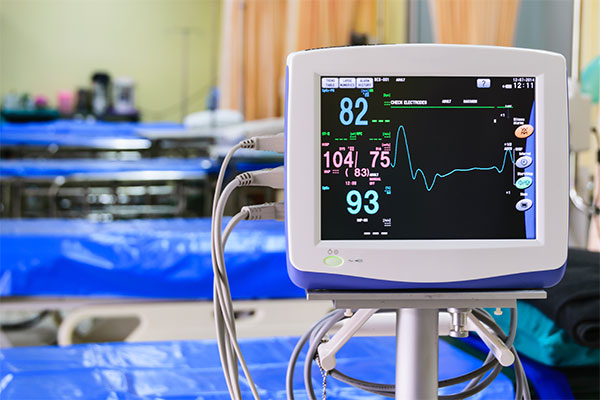Do you ever feel like you know exactly what you want to say, and you have all the right words in Spanish, but you just can’t get them out in the right order?
In this free Medical Spanish lesson you will learn how to get your word order straight in Spanish: Cómo ordenar las palabras correctamente en español.
In this free lesson you will learn Spanish & English word order differences in the following scenarios:
- Subject and verb order when asking questions in Spanish
- Adjectives that modify nouns in Spanish
- Direct and indirect object pronouns and their placement around verbs in Spanish
- Nouns that serve as adjectives for other nouns in Spanish
Here is the Word Order in Spanish lesson that I taught on YouTube and to our Facebook group:
Subscribe to our YouTube Channel to see all of our lessons and get the latest videos right away!
Changing the Word Order in Spanish
1. Formar preguntas – Asking Questions

Frase: (Subject + Verb)
In normal phrase speech, we get the subject first and then the verb. This is correct in English and Spanish language.
- Usted tiene dolor: You have pain
- Ella es vegetariana: She is vegetarian
Pregunta: (Verb + Subject)
When it comes to asking questions, we can notice the differences between both languages. In English, we have some auxiliary verbs (do, are, have, etc.). In Spanish, however, there is not any auxiliary verbs to ask questions, so you just have to switch the subject in the verb.
- ¿Tiene usted dolor?: Do you have pain?
- ¿Es ella vegetariana?: Is she vegetarian? (In this case, the word order is the same).
Note: You can also maintain the same word order but adding the right intonation to your voice when asking questions. Native Spanish speakers tend to save time when talking and it sounds more natural this way 🙂
2. Adjetivos – Adjectives

Another case when the word order changes is when we use adjectives. In English, the adjective come first and then the noun. In Spanish, it changes to noun first and then the adjective.
| English (Adj + N) | Spanish (N + Adj) |
| Public hospital | Hospital público |
| CT | TC |
| NSAID | AINES |
| CPR | RCP |
| Ectopic pregnancy | Embarazo ectópico |
3. Pronombres del complemento directo e indirecto – Direct and indirect object pronouns

If you have already learned about the use of “lo” and “le” in Spanish, then this will make perfect sense 🙂
En inglés (Subject + Verb + Objects)
- She gives me it: Ella me lo da
- He examines us: Él nos examina
En español (Subject + Objects + Verb): This is possibly one of the trickier things to learn in Spanish because as an English speaker, we tend to add the objects at the end of the verb. But in Spanish it has to come before, so we need to think fast to fix the word order as we’re saying sentences in Spanish.
- Ella me lo da: She gives it to me
- Él nos examina: He examines us
4. Sustantivos que funcionan como adjetivos – Nouns that Serve as Adjectives

En inglés podemos usar 2 sustantivos juntos:
In English, we can use 2 nouns together and one becomes more like a modifying noun or an adjective type noun. For example:
- Beer + bottle > beer bottle
- Interpreter + phone > Interpreter phone
En español los separamos con “de”:
In Spanish, we separate nouns with a “de” and flip the word order
- Botella de cerveza: Bottle of beer
- Teléfono de intérpretes: Telephone of Interpreter
¿Cómo estar más cómodo? – How to Feel More Confortable?
To be able to feel more confortable talking in Spanish and getting the correct word order is: comprehensible input or input comprensible.
It means: the more language you consume in Spanish, the more confortable you get with the language.
But, how and where do you get this comprehensible input?
- Leer más: Read more in Spanish. Find something you are very familiar with in English and read it in Spanish, so you just start recognizing words and phrases you already knew in English.
- Viajar más: Travel more to Spanish speaking countries. The immersion model really does work because participants are completely surround themselves in Spanish and there is no scape 😀
Su tarea – Your Homework
- Review the notes & vocabulary
- Identify additional points and topics to discuss with patients
- Let me know if you need help 🙂
- Remember to keep it simple if you need to
- Ask for help in the comments below
- Give it a try with your patients!
Keep up the good work speaking responsible Spanish to your patients! Check out our other books, classes & products to help you learn medical Spanish!
*If the link isn’t working for you, you may need to unblock pop-ups in your browser settings
Thinking About Immersion?
If you think you are ready to take the plunge with your Spanish, we would love the opportunity to work with you in Ecuador or Costa Rica during our immersion programs ?




